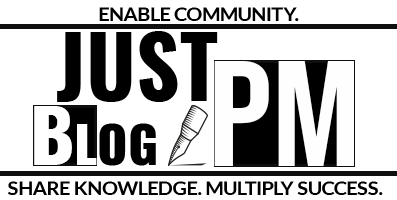Risk Monitoring and Control is a continuous process that ensures the risk responses are effective and the project’s risk profile is continuously understood and managed. Here’s a detailed breakdown of the process:
- Performance Monitoring:
- Regularly review performance data to identify variances from the plan. This helps identify if risks are materializing or if any new risks are emerging.
- Reassess Existing Risks:
- Risks aren’t static. Their probability and impact can change as the project progresses. Regularly reassess the risk register to ensure that the understanding of each risk remains current.
- Identify New Risks:
- As the project progresses, new risks can emerge. Continuous monitoring ensures that these new risks are identified early and managed appropriately.
- Check Assumptions:
- Assumptions made during the initial risk assessment should be periodically validated. If any assumptions are found to be invalid, the associated risks need to be reassessed.
- Audit Risk Processes:
- Periodically review the risk management processes to ensure they are followed and are effective. This can involve checking if risk responses are being implemented as planned and if they are effective in mitigating the risks.
- Review Reserves:
- Contingency reserves (time, money, resources) set aside for risks should be reviewed. If a risk materializes, the reserves might be used up. Some reserves might be released if risks are re-evaluated to be less likely or impactful.
- Stakeholder Engagement:
- Keep stakeholders informed about the risk status. Their feedback can be invaluable, and they must be aware of any significant changes in the project’s risk profile.
- Corrective Actions:
- If a risk materializes or a risk response is ineffective, corrective actions need to be taken. This can involve implementing a fallback plan or devising a new risk response.
- Update Risk Documentation:
- The risk register, risk response plans, and other risk-related documentation should be updated regularly to reflect the current understanding of risks.
- Lessons Learned:
- Document lessons learned related to risk management. This helps in the current project and provides valuable insights for future projects.
- Update Organizational Process Assets:
- If new risk management techniques are discovered or if there are insights about specific risks, update the organizational knowledge bases so that other projects can benefit.
In essence, risk monitoring and control is about staying vigilant, ensuring that the project remains within acceptable risk thresholds, and adapting to the ever-changing risk landscape of a project. It’s a proactive approach to managing risks effectively throughout the project lifecycle.


